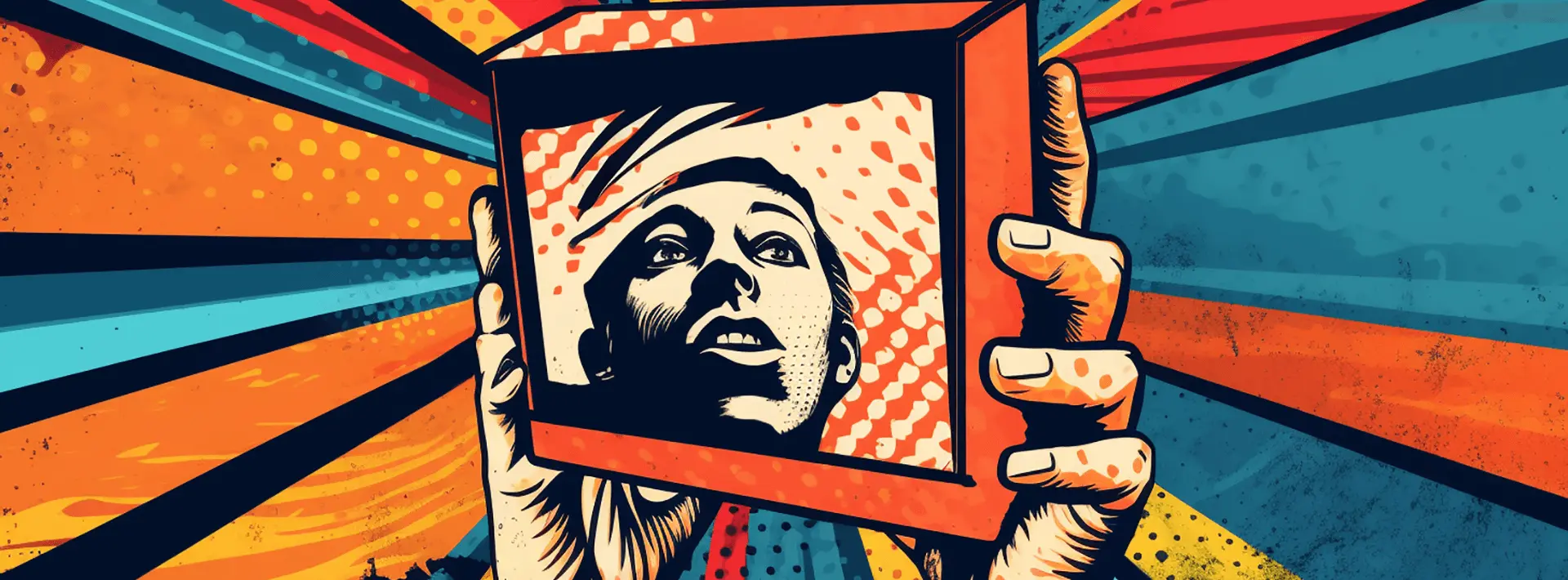Leveraging Micro-Influencers for E-commerce Marketing Success: Effective Strategies for Enhancing Campaign Outcomes
Micro-influencers can be a valuable asset in e-commerce marketing strategies due to their dedicated and engaged followers. Effectively tapping into their potential requires a well- structured plan and clear guidance to ensure their content drives real results. In this article, we’ll discuss actionable steps to help your organization collaborate with micro-influencers, explore the benefits they can bring to various industries, and examine compensation options to optimize your marketing campaigns.
Step 1: Identify suitable micro-influencers for your brand
To maximize your campaign’s impact, focus on finding micro-influencers whose values, content, and audience align with your brand. Utilize social listening tools and platforms like Heepsy or HypeAuditor to discover influencers in your niche and analyze their engagement rates, reach, and demographics
Step 2: Develop a clear and concise brief
A detailed brief is crucial to ensuring micro-influencers create content that aligns with your marketing objectives. Outline your goals, target audience, key messages, and desired call-to- action. Additionally, provide guidelines on the visual and tonal aspects of the content, as well as any specific product features or promotional details that should be highlighted.
Step 3: Provide creative direction and inspiration
To ensure content effectiveness, offer micro-influencers examples of successful ads, storyboards, or content that resonates with your target audience. By giving them a clear understanding of the content you envision, they will be better equipped to create ads that drive results.
Examples of Micro-Influencer Benefits for Various Industries:
- Fashion Industry: A clothing company can collaborate with micro-influencers who specialize in fashion and have a dedicated following of fashion enthusiasts. These influencers can create content featuring the brand’s latest collections, showcase styling ideas, or provide reviews on the quality and fit of the clothing items. This can help increase brand visibility, generate interest in the company’s products, and ultimately drive sales.
- Health and Wellness Industry: A fitness equipment manufacturer can partner with micro- influencers in the health and wellness sector who can demonstrate the proper use of the equipment, share their personal experiences with the products, and create engaging workout routines. This collaboration can not only increase brand awareness but also build trust in the company’s offerings and encourage potential customers to invest in their fitness equipment.
Step 4: Establish clear communication channels
Maintain an open line of communication with your micro-influencers throughout the collaboration. Be responsive to their questions and provide constructive feedback on their content drafts. This will help to build trust, ensure content aligns with your expectations, and strengthen your ongoing relationship.
Step 5: Determine compensation options
Consider the various compensation options available when working with micro-influencers. This can include monetary payment, free products or services, or a combination of both. Establish a compensation structure that is fair and commensurate with the level of work and influence the micro-influencer brings to the table.
Step 6: Track and measure performance
To understand the impact of your micro-influencer campaigns, monitor key performance indicators (KPIs) such as engagement rate, conversions, and return on ad spend (ROAS). Evaluate the success of individual influencers and specific content pieces to identify trends and optimize future campaigns.
Step 7: Foster long-term relationships
Developing lasting partnerships with micro-influencers can lead to better results, as they become more familiar with your brand and its objectives. By nurturing these relationships, you can create a team of brand ambassadors who can continue to drive growth for your business.
Types of Content Micro-Influencers Can Create:
Micro-influencers can produce a wide array of content tailored to your needs. They can create visually appealing images in various sizes and formats, tailor-made for each platform, including Instagram stories, carousel posts, Facebook updates, and Pinterest pins. Additionally, they can craft compelling written content for blog posts, product reviews, or even guest articles on industry websites. Micro-influencers can also create engaging video content, such as tutorials, unboxing videos, and product demonstrations, optimized for YouTube, Instagram Reels, or TikTok. Lastly, they can host live streams on platforms like Instagram, Facebook, or Twitch, where they can interact with their audience, answer questions, and showcase your products or services in real-time.
By following the actionable steps outlined in this article and understanding the diverse content formats micro-influencers can create, your organization will be well-positioned to maximize the potential of micro-influencers and achieve optimal results in your e-commerce marketing campaigns. Through effective collaboration, you can build strong, long-term relationships with these influencers, turning them into valuable brand ambassadors. Harnessing the power of micro-influencers will not only help increase brand visibility and awareness but also foster trust among your target audience, ultimately driving growth and success for your business.









